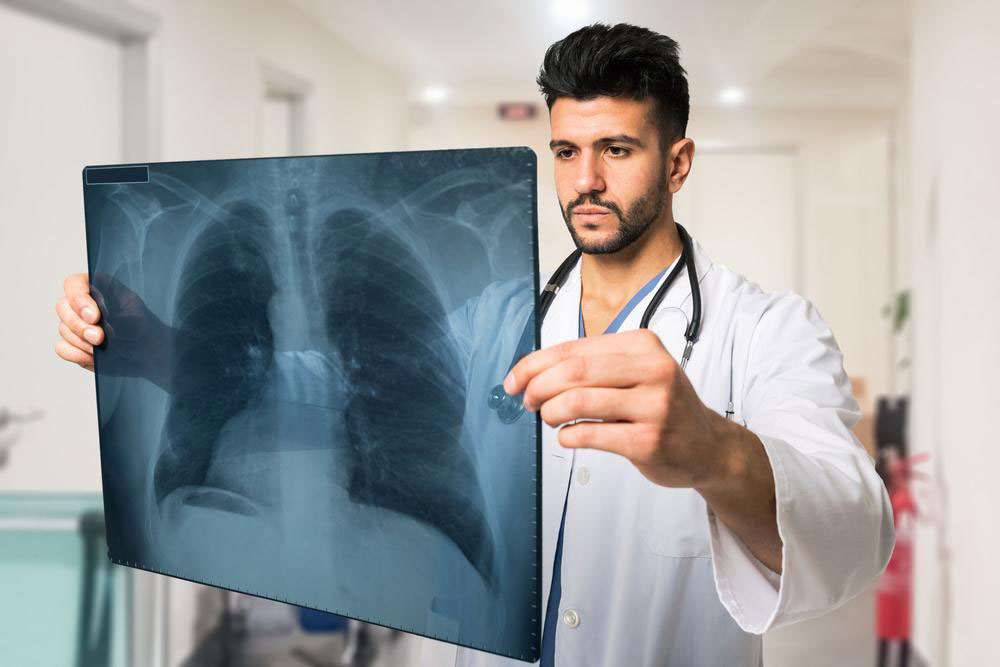
All You Need to Know about Pulmonary Embolism
Pulmonary embolism is a common cardiovascular disease in the country. When the pulmonary artery in the lungs gets blocked by a blood clot, pulmonary embolism (PE) occurs. The pulmonary artery is responsible for supplying blood to the lungs. Due to the presence of the blood clot, the blood flow gets restricted resulting in decreasing levels of oxygen in the blood. PE is a serious and life-threatening condition that can not only damage a part of the affected person’s lungs but can also cause damage to other organs.
According to various medical research reports, almost one-third of patients who have PE pass away because of no treatment or diagnosis. To avoid severe outcomes like permanent damage to the lungs, patients require emergency treatment. By recognizing the symptoms of pulmonary embolism, one can understand when they need to schedule an appointment with the doctor.
Symptoms of pulmonary embolism
The intensity of the symptoms of this cardiovascular disease can vary depending on the size of the blood clot along with the position where it lodges in the lungs. One of the most common symptoms of PE is shortness of breath. Typically, this symptom appears suddenly and gets worse with exertion. Some of the other symptoms of pulmonary embolism include:
- Sharp and unexplained chest pain: This pain can slowly extend into the other body parts including the neck, arms, shoulder, and jaw. It can feel like having a heart attack. The pain might get worse with deep breathing, eating, coughing, stooping or bending. With exertion, the pain would get worse. Even while resting, it will not go away completely.
- Tendency of fainting
- Excessive anxiety
- Rapid breathing
- Bluish or clammy skin
- Lightheadedness
- Irregular heartbeat
- Weak pulse
- Blood spitting up
- Restlessness
If one notices any of the symptoms mentioned above, especially shortness of breath, they must seek medical attention immediately. Sometimes, in the case of pulmonary embolism, it is possible to have a blood clot and still not exhibit any of the symptoms mentioned above. Hence, it is necessary to have a consultation with doctors regarding the risk factors of this condition.
Warning sign of DVT (Deep Vein Thrombosis)
When a blood clot forms in the deep vein of the legs, it is known as deep vein thrombosis. If somehow, it breaks off and travels to the lung, PE occurs. It is advisable to consult a healthcare professional immediately if anyone notices any symptoms of DVT. If diagnosed in the early stages, medical experts can stop DVT from becoming a pulmonary embolism with the help of medications and treatments. Here is a list of some common symptoms of deep vein thrombosis:
- Arm or leg swelling
- The swollen arm or leg feels quite warmer than normal
- Feeling tenderness or leg pain while walking or standing
- Veins in the leg or arm that are a bit larger than the normal
- Discolored or red skin in the affected leg or arm
Who faces a high risk of developing pulmonary embolism?
- If an individual age is more than sixty years old, then they face a high chance of developing PE.
- If someone has obesity problems, they face a higher risk of PE.
- If a person is on medications like hormone replacement therapy or combined hormonal contraceptives, their risk of getting a PE diagnosis is high.
- Having varicose veins can lead to pulmonary embolism.
- If a person has medical conditions such as inflammatory disease, respiratory disease, heart disease, and so on, there is a high chance that the person might develop pulmonary embolism.
- Having thrombophilia (a disorder of blood clotting) also increases the chances of getting a pulmonary embolism.
Complications
Pulmonary embolism can lead to such a condition in which the BP (blood pressure) in the right side of the heart and lungs become very high. This condition is known as pulmonary hypertension. It weakens the heart. Though it is a life-threatening condition, the right treatment at the right time can help to get rid of this serious ailment.
The main objectives of the pulmonary embolism treatment are:
- Stopping the blood clots from growing
- Preventing the formation of new blood clots
- Removing or destroying existing blood clots
Other than taking medications to deal with this cardiovascular condition, oxygen therapy is another treatment option available. It is advisable to take necessary medications only under the guidance of a medical expert.
Some good lifestyle changes significantly help in preventing pulmonary embolism. Doing regular exercise, walking for minimum 15 to 30 minutes on a regular basis, getting involved in various physical activities, and maintaining a healthy diet can help in preventing this cardiovascular condition. People who smoke regularly should try and get rid of this habit as soon as possible.


